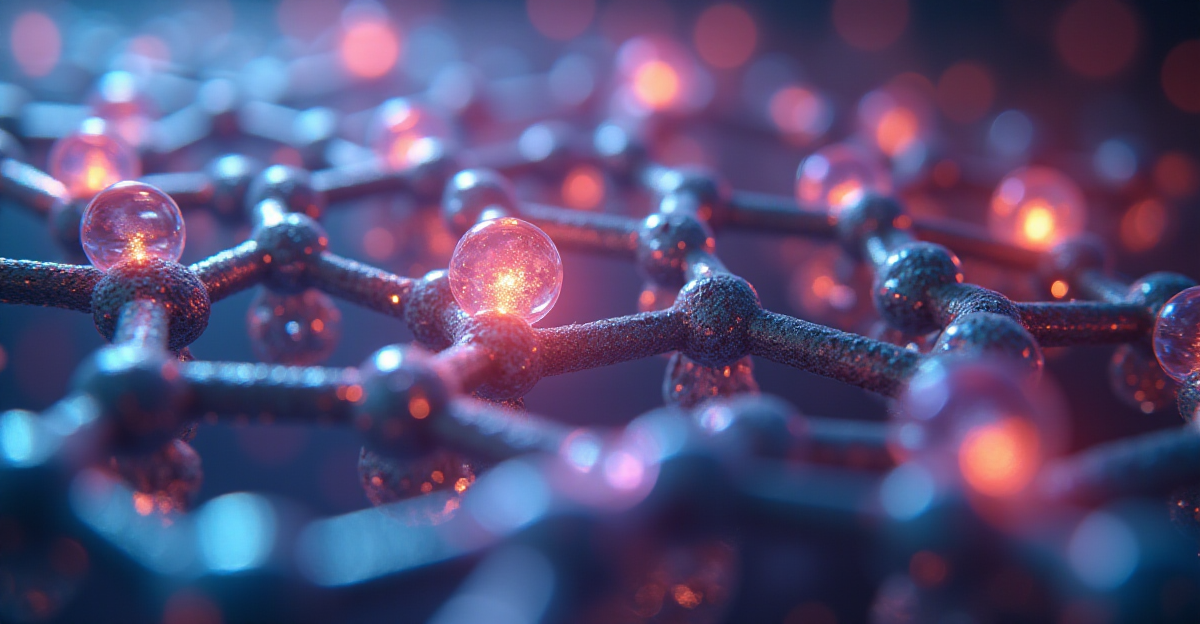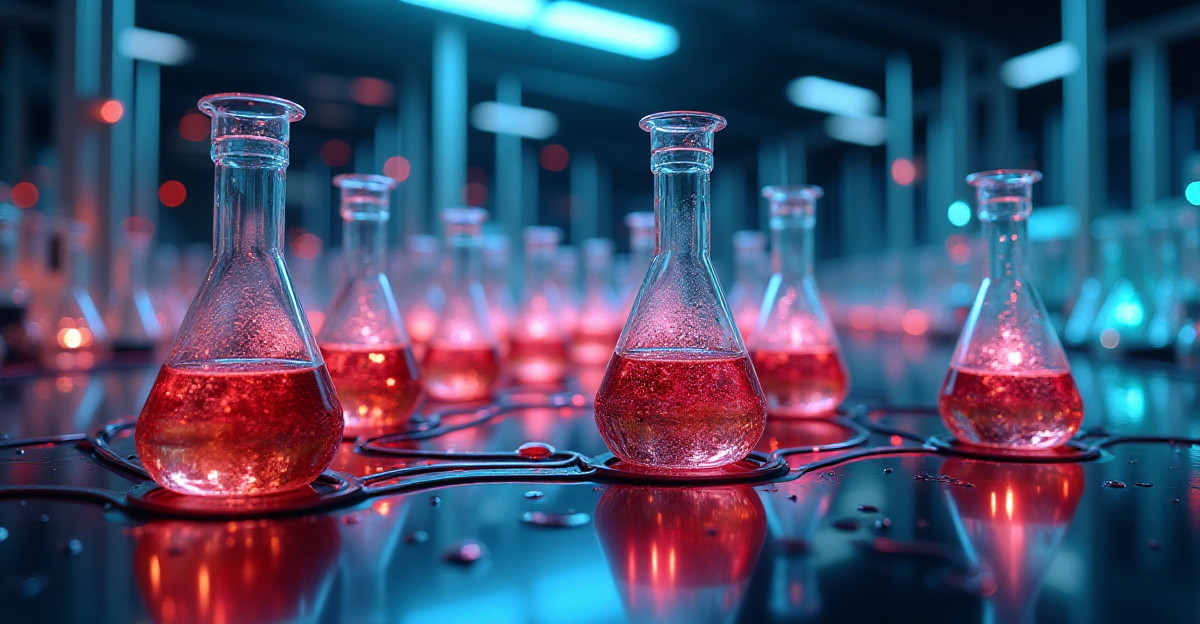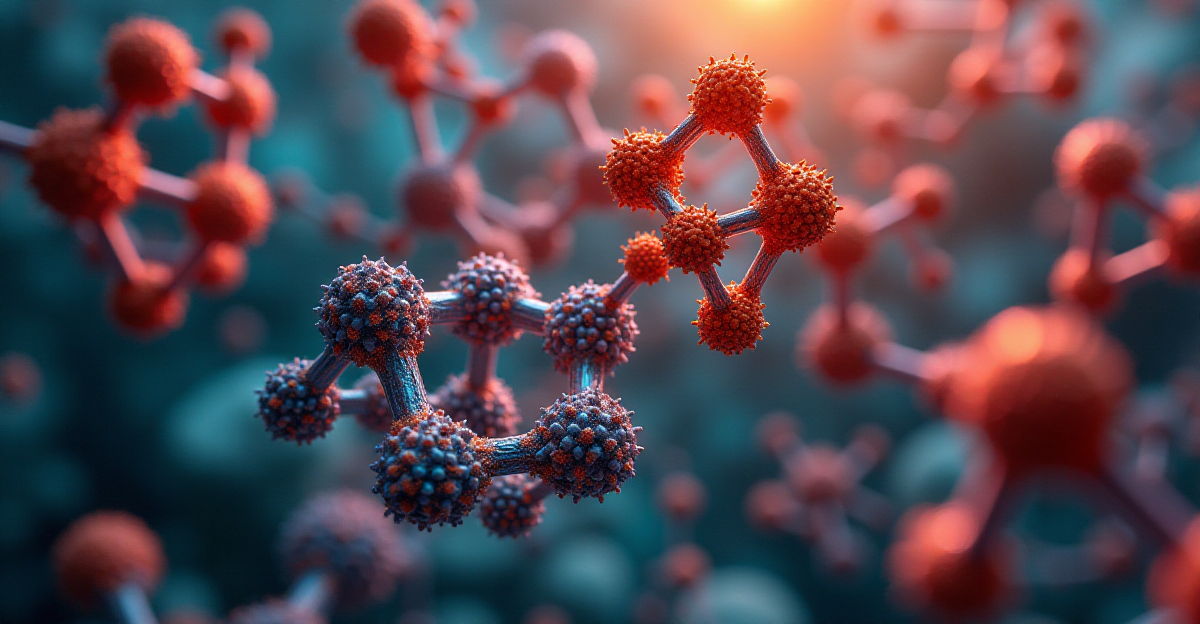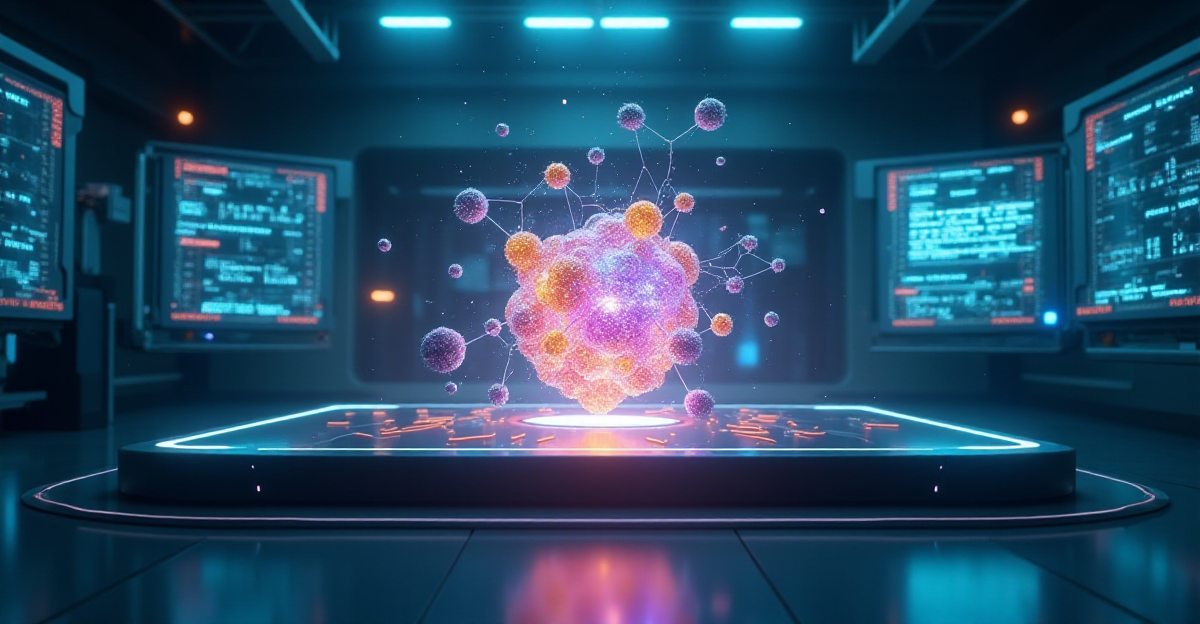Crystal Engineering: Programming Matter at the Molecular Level

The creative discipline of crystal engineering investigates how molecular interactions could be controlled to produce precisely desired materials. By means of my structural chemistry studies, I have investigated how minute modifications in molecular packing can significantly affect material properties. This field helps to design crystals with certain mechanical, electrical, and optical qualities. Recent developments reveal ...
Read MoreGreen Solvents: Engineering Sustainable Solutions for Chemical Processes

The important field of green solvent design is on developing environmentally benign substitutes for conventional chemical solvues. Having studied sustainable chemistry has helped me to see how environmentally friendly solvents might replace dangerous petrochemical choices. These green solvents either preserve or increase reaction efficiency while yet providing better safety characteristics. New kinds of recyclable ionic ...
Read MoreAtmospheric Chemistry: Predicting Earth’s Chemical Future

Advanced computer techniques used in the vital field of atmospheric chemistry modeling help to grasp and forecast worldwide chemical shifts. Research in environmental chemistry has let me see how intricate atmospheric interactions influence air quality and climate. Thousands of simultaneous chemical reactions taking place in the atmosphere are combined in these models Unprecedented accuracy in ...
Read MoreChemical Clocks: Synchronizing Reactions Across Global Networks

Chemical clock synchronizing studies are a newly developed discipline that investigate how precisely timed chemical reactions can be coordinated over large distances. By means of my investigations in reaction dynamics, I have explored how chemical oscillators might generate coordinated networks of reactions. These systems show amazing capacity to preserve temporal coordination free of direct physical ...
Read MoreMolecular Architecture: Building Atomic-Scale Sculptures That Transform Chemistry

Design and construction of intricate molecular structures with exact atomic control is the main emphasis of the creative discipline of molecular architecture. Synthetic chemistry has let me see how molecular architects might produce nanoscale useful buildings. Designed molecules can carry out particular functions such regulated medication release or molecular recognition. Molecular devices responding to certain ...
Read MoreElectrochemical Biomimicry: Copying Nature’s Chemical Genius in the Lab

Through synthetic systems, the intriguing discipline of electrochemical biomimicry aims to reproduce nature’s most effective chemical processes. Through bio-inspired chemistry, I have investigated how electrochemical techniques could replicate natural chemical processes. These systems make synthetic materials try to replicate activities like photosynthesis and enzyme catalysis. Artificial leaf systems matching natural photosynthetic efficiency have lately shown ...
Read MoreQuantum Isotope Separation: Laser-Free Nuclear Sorting at Room Temperature

Using quantum effects instead of conventional approaches, the revolutionary technology of quantum isotope separation allows effective isotope purification. By means of my study in quantum chemistry, I have investigated how quantum interference can split isotopes devoid of significant energy input. This device achieves isotope separation by using zero-point energy variations and quantum tunneling. Recent work ...
Read MoreQuantum Catalysis Networks: Self-Organizing Chemical Computers

The groundbreaking topic of quantum catalysis networks investigates how linked quantum catalysts might execute sophisticated chemical computations. By means of my studies in quantum chemistry, I have explored how networks of quantum catalysts might self-organize to address challenging chemical challenges. By use of quantum-enhanced chemical processes, these devices exhibit emergent computational capability. Recent developments have ...
Read MoreQuantum Crystallization Control: Programming Perfect Crystals Atom by Atom

Through quantum state control, the developing discipline of quantum crystallization control allows hitherto unheard-of accuracy in crystal development. Research in quantum materials science has helped me to see how quantum influences could direct atomic assembly into ideal crystalline forms. This method enables the synthesis of defect-free crystals with exactly regulated characteristics. Recent studies have shown ...
Read MoreChemical Quantum Teleportation: Instant Molecule Assembly Across Space

Using quantum entanglement, the ground-breaking idea of chemical quantum teleportation lets molecule states be transferred over distance. My research in quantum chemistry has shown how exactly molecular structures may be reconstructed remotely using entangled quantum states. This method might transform chemical synthesis by enabling exact molecule assembly free from physical transportation. Successful teleportation of quantum ...
Read More









